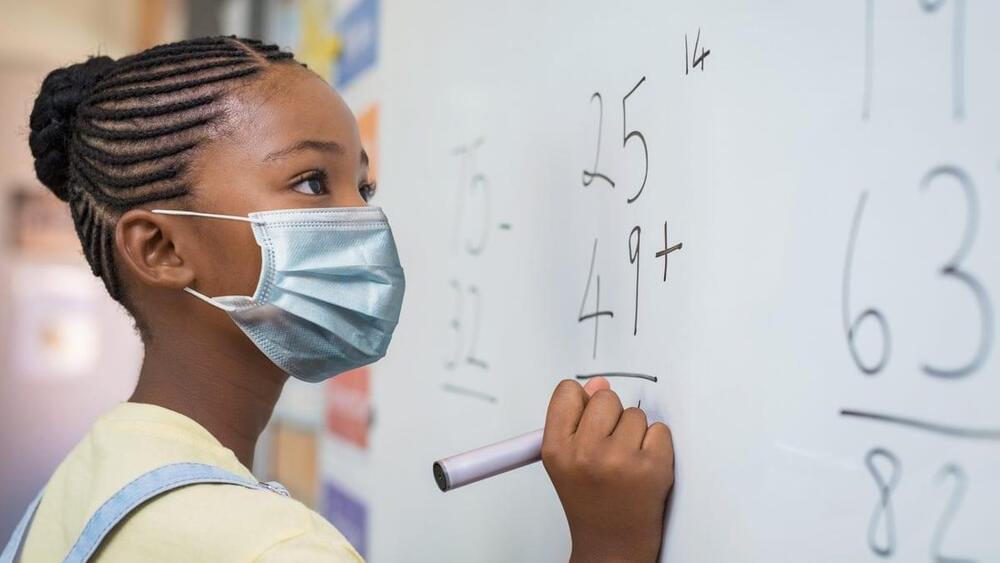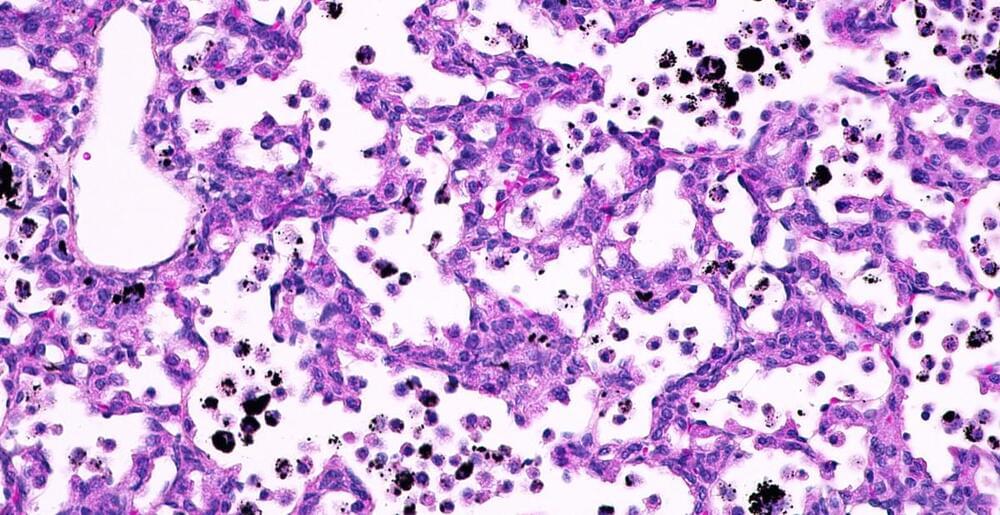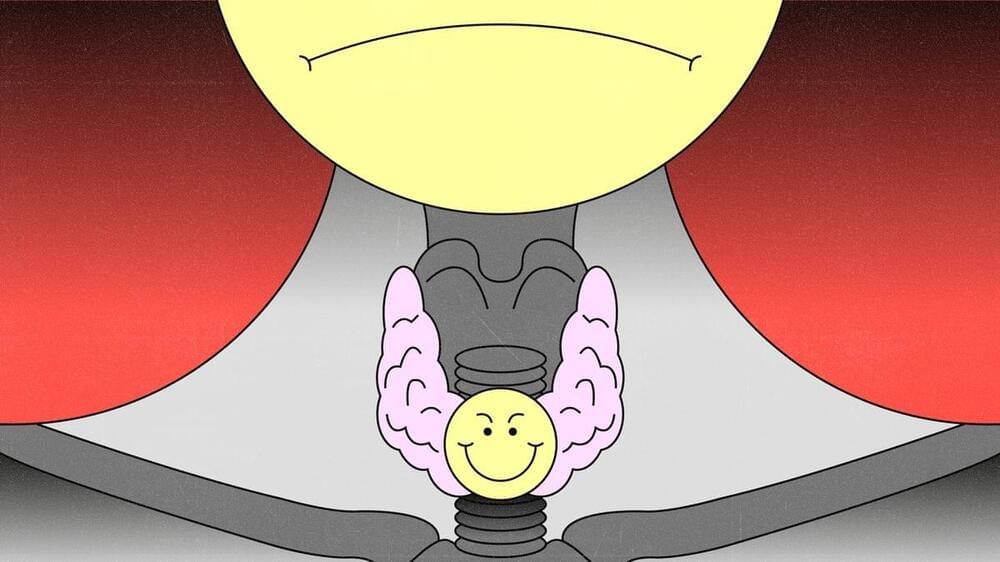Here’s why the flu and RSV are surging right now—and how COVID itself may have affected our immune systems.



While it may seem common knowledge that smoking is bad for your lungs, if and how ultrafine particles present in cigarette smoke impact the development and progression of lung cancer remains unclear. Working with animal models, researchers at Baylor College of Medicine sought to find how airborne ultrafine particles in smoke can change a host’s defense against lung cancer.
In a study published in the current edition of Science Advances, Dr. Cheng-Yen Chang, a postdoctoral fellow in Dr. Farrah Kheradmand’s lab in the Department of Medicine – Pulmonary at Baylor, and their team discovered that exposure to ultrafine particles alters the function of immune cells in the lungs, disabling their natural defense mechanism against tumors. They found that ultrafine particles change the cell’s primary energy source, creating new byproducts in the lungs. Accumulation of the new byproducts can decrease the host’s immune defense, allowing tumors to escape detection.
These particles are not just found in cigarette smoke; environmental and other natural fires also incompletely combust organic matter that generates ultrafine particles. Kheradmand and colleagues at Rice University had previously found that immune cells in the lungs of heavy smokers contain particles that they identified as nano-sized elemental carbon black.


This article originally appeared on VICE Italy.
“After seeing my results, the doctor was surprised I hadn’t arrived on my hands and knees,” said Alice, who’s spent the past five years in treatment for hypothyroidism. The thyroid gland is a key organ regulating all kinds of functions in the body – meaning a defective thyroid can have a huge impact on your quality of life.
About 6 million people have thyroid disorders here in Italy and it’s estimated about 3.8 percent of the population of Europe is affected by some kind of thyroid dysfunction. But they often go unnoticed.
Chiara Marletto is trying to build a master theory — a set of ideas so fundamental that all other theories would spring from it. Her first step: Invoke the impossible. Read more about Marletto and David Deutsch’s constructor theory at Quanta Magazine: https://www.quantamagazine.org/how-to-rewrite-the-laws-of-ph…-20210429/
For decades, the growth of artificial intelligence has fascinated scholars and scientists alike. Today, intelligent machines aid and streamline our lives, but the next fifty or a hundred years may yield even more powerful AI, which could elevate or transform our species. If humans do create sophisticated, super-intelligent machines, how will the growth of artificial intelligence affect the future of humanity?
PATREON: https://www.patreon.com/Koranos.
Sources:
https://pastebin.com/raw/rQM8JAgV
Founder / Director: Peter Schumaker.
Chief Editor: Tristan Reed.
Content Editors:
Dr. Bassem Sabra (PhD)
Dr. Sean McKenna (PhD)
Original soundtrack by Joseph McDade.

Although oxygen is now the most abundant element in our oceans and our atmosphere, comprising about 88.8 percent and 23.1 percent of the mass of the two, respectively, this wasn’t always the case. In actuality, the abundance of oxygen on Earth arose only 2.4 billion years ago thanks to the advent of photosynthesis, the process through which some of the first life-forms transformed sunlight into energy. It was only coincidence, scientists say, that one of the products of this process was oxygen. But it also would go on to completely transform the planet, creating the conditions for increasingly complex forms of life.
For all the importance of this so-called “Great Oxidation Event,” scientists have always wondered about the presence of oxygen on the planet prior to the emergence of photosynthesis.
The formation of amyloid plaques in the brain is a hallmark of Alzheimer’s disease. But drugs designed to reduce accumulations of these plaques have so far yielded, at best, mixed results in clinical trials.
Yale researchers have found, however, that swelling caused by a byproduct of these plaques may be the true cause of the disease’s debilitating symptoms, they report Nov. 30 in the journal Nature. And they identified a biomarker that may help physicians better diagnose Alzheimer’s and provide a target for future therapies.
According to their findings, each formation of plaque can cause an accumulation of spheroid-shaped swellings along hundreds of axons — the thin cellular wires that connect the brain’s neurons — near amyloid plaque deposits. The swellings are caused by the gradual accumulation of organelles within cells known as lysosomes, which are known to digest cellular waste, researchers found. As the swellings enlarge, researchers say, they can blunt the transmission of normal electrical signals from one region of the brain to another.
The types of meat you eat and how you cook them both affect your risk for cancer. Learn how to minimize your risk and still have the flavors you enjoy from nutrition and cancer prevention expert Carrie Daniel-MacDougall, Ph.D.

Researchers at Uppsala University have formulated a new model for our universe to solve the mystery of dark energy. The study proposes a new way to assemble a dark energy cosmos where our universe rides on an expanding bubble in an extra dimension. In a study, Swedish physicists pointed out the existence of another dimension in the universe we live in. Scientists propose that our universe exists within an expanding bubble in an extra dimension. Studying the cosmos in the last 20 years has shown that the cosmos is constantly expanding. Additionally, the speed of its expansion increases.
The conventional explanation for this goes through a type of energy (dark energy), which permeates everything and “pushes” the universe to expand more and faster. In physical cosmology and astronomy, dark energy is a still-unknown form of energy that is hypothesized to permeate all of space, tending to accelerate the expansion of the cosmos The mysterious dark energy poses more questions than answers, functioning as a cosmic wildcard in some explanations of theoretical physics.
Researchers from the University of Uppsala have proposed a new concept. This includes another dimension and other universes to avoid this problem. In their study, published in the journal Physical Review Letters, physicists from Uppsala University argue that our universe is “mounted” on a bubble that expands in an additional dimension. Our entire universe fits on the edge of the expanding bubble. All matter in our cosmos corresponds to the endpoints of strings that extend into the extra dimension. The researchers also show that expanding bubbles of this kind can be created within the string theory framework.